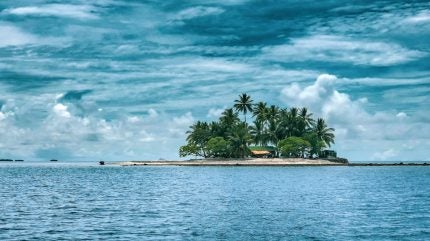
A report has stated that small island developing states (SIDs) in the Pacific, excluding Papua New Guinea, spend more than $1bn annually on fossil fuels, which is nearly 80% of their total energy costs, despite their low greenhouse gas emissions.
Asian Development Bank’s (ADB) 2025 Energy Transition Readiness Assessment for Asia and the Pacific highlights the vulnerability of these economies to fuel price and exchange rate volatility, with net fuel imports averaging 6.8% of GDP in 2020.

Discover B2B Marketing That Performs
Combine business intelligence and editorial excellence to reach engaged professionals across 36 leading media platforms.
The Pacific renewable energy transition is crucial for small island developing states facing high energy costs, weak infrastructure, and climate risks to meet the growing development needs.
Despite high electricity access at 90%, only 50% of the population has access to clean cooking solutions, the report states.
Ambitious plans to reduce fossil fuel reliance are hindered by regulatory and institutional constraints, limiting the states’ ability to attract and manage clean energy investments.
Furthermore, the disposal of renewable energy waste such as used solar panels and wind turbines poses a significant challenge due to limited land and recycling capabilities.

US Tariffs are shifting - will you react or anticipate?
Don’t let policy changes catch you off guard. Stay proactive with real-time data and expert analysis.
By GlobalDataGrid stability is a major concern, with distribution losses averaging 18% due to inadequate maintenance and underinvestment. Investment in energy systems is critical for these states.
Financial constraints further complicate the energy transition, with small states at risk of increasing loss and damage from severe weather events.
Countries such as the Federated States of Micronesia, the Marshall Islands, Nauru, the Solomon Islands, and Tonga are particularly vulnerable to climate impacts on infrastructure.
A multifaceted approach is needed to scale up renewable energy effectively, ensuring energy security while maintaining affordability and reliability, according to the report.
Strategies include strengthening local capacity and institutional support, enhancing regulatory frameworks, building resilient energy infrastructure capable of withstanding extreme weather, and leveraging indigenous knowledge for sustainable solutions.





